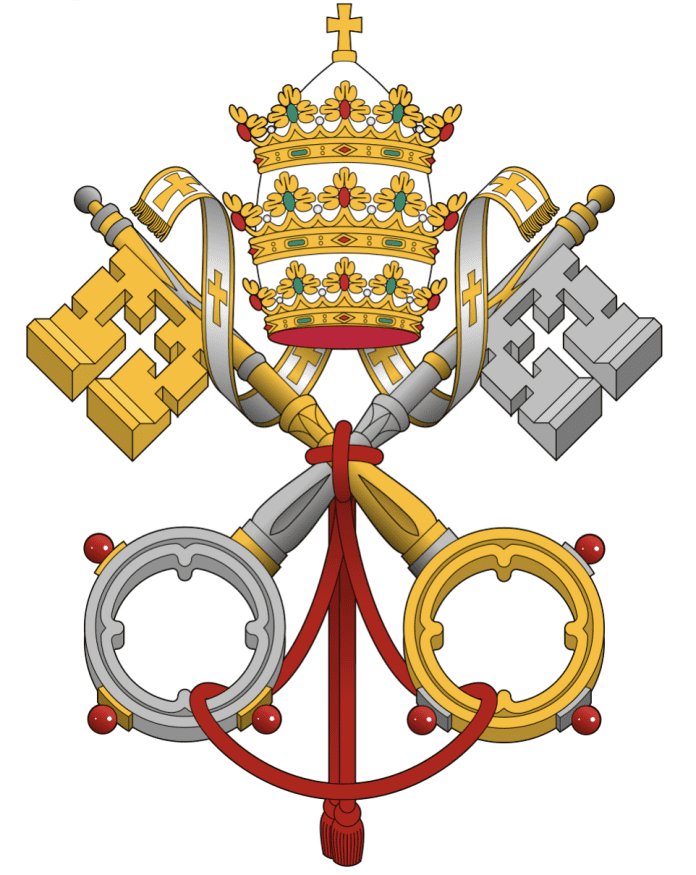The papacy, the highest office within the Roman Catholic Church, is one of the oldest and most enduring institutions in the world. Rooted in over two millennia of history, the role of the pope has evolved dramatically, yet it remains central to the spiritual and administrative life of over a billion Catholics. Here are 25 fascinating facts that illuminate the richness, tradition, and complexity of the papacy.
The first pope is believed to be Saint Peter, one of Jesus Christ’s twelve apostles. According to Catholic tradition, Peter was appointed by Jesus himself and served as the Bishop of Rome until his martyrdom around 64 AD. From Peter’s time onward, the Bishop of Rome has held a position of primacy among the bishops of the Church.
Pope Francis: My message to Kenyans
The term “Pope” comes from the Latin papa, meaning “father.” Though early bishops of other cities were sometimes called “papa,” the title eventually became exclusive to the Bishop of Rome.
One of the most striking aspects of the papacy is its longevity. Pope Pius IX holds the record for the longest reign (over 31 years), while Pope Urban VII had the shortest, dying just 13 days after his election in 1590. Some popes have been extremely young, such as Pope Benedict IX, who was likely in his twenties, while others, like Pope Clement X, were elected in old age.
Pope Francis slows down in Nairobi for elderly lady to touch him
The pope is not just a spiritual leader; he is also the sovereign of Vatican City, the world’s smallest independent state. As such, he enjoys both religious and temporal authority. Vatican City has its own citizenship rules, army (the Swiss Guard), post office, and legal system.
The white cassock worn by the pope became standard in the 16th century with Pope Pius V, a Dominican who retained his order’s white habit. Another tradition is the Fisherman’s Ring, which each pope receives upon election. This ring is destroyed after a pope dies or resigns, symbolizing the end of his authority.
Pope Francis: I know of private developers who grab school playgrounds
One of the more misunderstood doctrines is papal infallibility, defined in 1870. This does not mean the pope is always right; rather, he is infallible only when speaking ex cathedra (from the chair) on matters of faith and morals.
In modern times, the papacy has seen historic milestones. Pope John Paul II was the first non-Italian pope in over 450 years and served for 27 years, making him one of the most influential modern pontiffs. His successor, Pope Benedict XVI, made history in 2013 by becoming the first pope to resign voluntarily in nearly 600 years. His successor, Pope Francis, is the first pope from Latin America and the first Jesuit to hold the office.
From legends like Pope Joan to crises such as the Avignon Papacy and the Great Western Schism, the history of the papacy is filled with intrigue, devotion, and global impact. As the office continues to adapt to modern challenges, the pope remains a symbol of unity and spiritual leadership for millions around the world.








